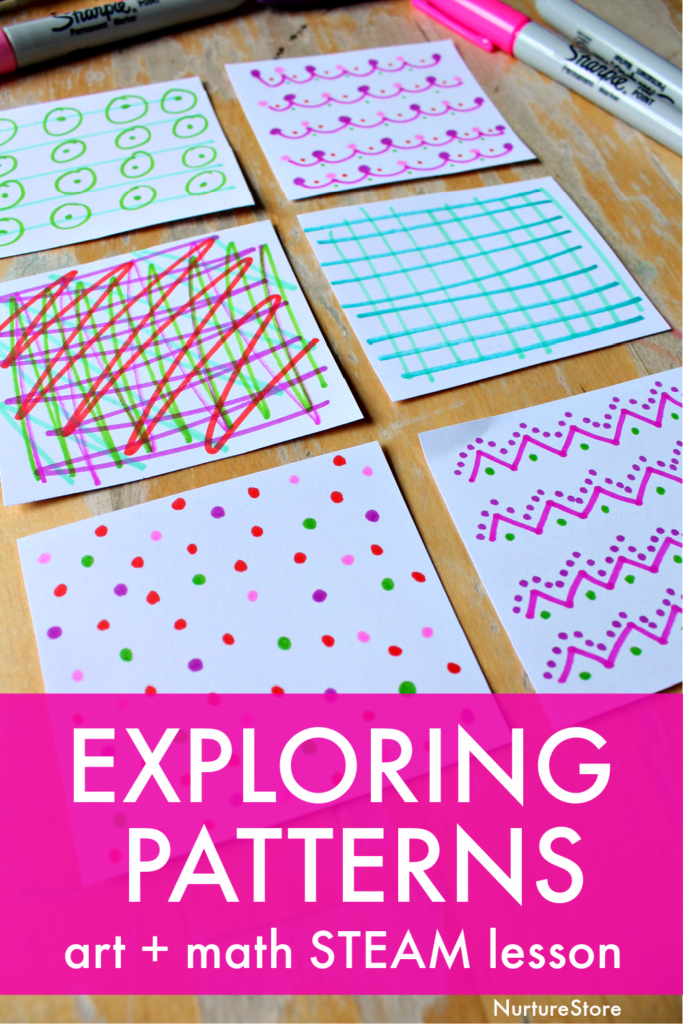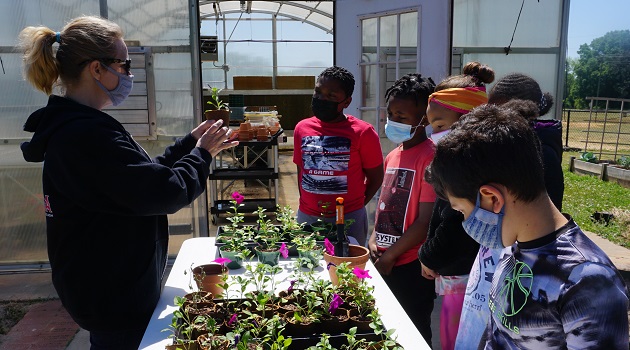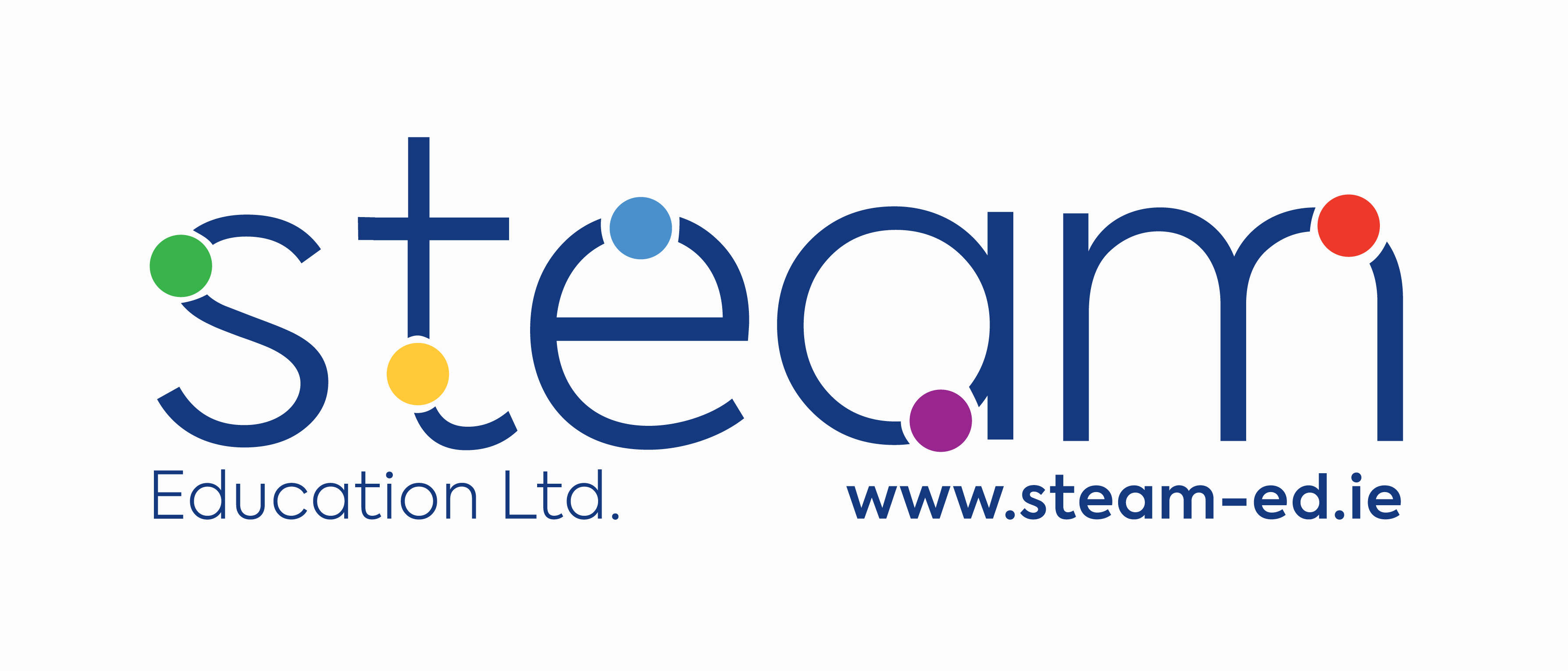interdisciplinary
Bridge Learning Gaps with Discovery Education STEM Connect

Exploring the World of Discovery Education STEM Connect
Unveiling the Power of STEM Education
In today’s fast-paced world, education is constantly evolving, and Discovery Education STEM Connect is at the forefront of this revolution. Offering a dynamic platform for learning, it bridges the gap between traditional teaching methods and innovative STEM education.
Breaking Down Barriers with Interactive Learning
Gone are the days of passive learning. With STEM Connect, students are actively engaged in their education through interactive lessons, virtual labs, and hands-on activities. This approach not only enhances comprehension but also fosters a deeper understanding of complex STEM concepts.
Empowering
Math STEAM Integrating Math into Creative Learning

Exploring the Power of Math STEAM
Integrating Math into Creative Learning
Mathematics is often seen as a dry and abstract subject, but when combined with STEAM (Science, Technology, Engineering, Arts, and Mathematics) education, it becomes a vibrant and engaging experience. By integrating math into creative learning activities, students can explore mathematical concepts in hands-on and exciting ways.
Fostering Critical Thinking and Problem-Solving Skills
One of the key benefits of Math STEAM education is its ability to foster critical thinking and problem-solving skills in students. Through STEAM activities, students are challenged to think analytically, identify patterns, and develop innovative solutions to
Building Strong Foundations Literacy and STEM Integration

Bridging Literacy and STEM: Innovative Approaches
The Intersection of Literacy and STEM Learning
In the modern educational landscape, the boundaries between traditional subjects are becoming increasingly blurred. Nowhere is this more evident than in the intersection of literacy and STEM (Science, Technology, Engineering, and Mathematics) education. While literacy has long been associated with language and communication skills, educators are discovering innovative ways to integrate it with the principles of STEM.
Empowering Minds: Literacy in the STEM Era
Literacy in the STEM era is not just about reading and writing—it’s about empowering young minds to excel in an ever-changing world. By
Engaging Minds Elementary STEAM Education Insights

Exploring the Wonders of Elementary STEAM Education
In the realm of elementary education, the integration of STEAM (Science, Technology, Engineering, Arts, and Mathematics) principles opens up a world of possibilities for young learners. Let’s delve into the multifaceted benefits and exciting opportunities that elementary STEAM education offers.
Fostering Creativity and Innovation:
Elementary STEAM education ignites creativity and innovation in young minds. By encouraging students to explore, experiment, and problem-solve across diverse disciplines, educators nurture the next generation of innovators and critical thinkers.
Hands-On Learning Experiences:
At the heart of elementary STEAM education lies hands-on learning experiences. Through engaging activities, experiments,
Explore the World of E-STEAM Education Innovative Learning

Exploring the Dynamics of E-STEAM Education
Redefining Learning Paradigms
E-STEAM education stands at the forefront of revolutionizing traditional learning methods. By seamlessly integrating Science, Technology, Engineering, Arts, and Mathematics with digital tools and platforms, it offers a dynamic approach to education that prepares students for the challenges of the 21st century.
Engagement Through Innovation
One of the key aspects of E-STEAM education is its focus on innovation and creativity. Through hands-on projects, virtual simulations, and interactive experiences, students are engaged in their learning journey like never before. This innovative approach not only fosters a deeper understanding of concepts but also
Bridging Disciplines Integrating STEM Across Curriculum

Bridging Disciplines: Integrating STEM Across Curriculum
Embracing Interdisciplinary Learning
In today’s educational landscape, the silos between subjects are breaking down as educators recognize the importance of integrating STEM (Science, Technology, Engineering, and Mathematics) across the curriculum. This interdisciplinary approach is revolutionizing the way students learn, fostering connections between seemingly disparate fields and preparing them for success in an increasingly complex world.
Seamless Synergy in Education
Gone are the days when subjects were taught in isolation, with little connection between them. Integrating STEM across the curriculum creates a seamless synergy, where concepts from science, math, and technology complement and reinforce one
Unleashing Creativity Steam Learning in Classrooms
Exploring STEM Wonders: Classroom Adventures
Engaging Students Through Hands-On Learning
In today’s rapidly evolving educational landscape, the integration of STEM (Science, Technology, Engineering, and Mathematics) education into classrooms has become increasingly vital. Educators are constantly seeking innovative approaches to engage students and foster a deeper understanding of these critical subjects. One such approach gaining traction is STEAM education, which incorporates the arts (STEAM stands for Science, Technology, Engineering, Arts, and Mathematics). By immersing students in hands-on activities that span multiple disciplines, educators can ignite curiosity, spark creativity, and prepare students for success in a technology-driven world.
Transformative Learning Experiences
At
Advancing Graduate STEM Education 21st Century Challenges

Transforming Graduate STEM Education for the 21st Century
Revolutionizing Approaches to STEM Learning
In today’s rapidly evolving technological landscape, the need for highly skilled professionals in science, technology, engineering, and mathematics (STEM) fields has never been greater. To meet the demands of this dynamic environment, graduate STEM education must undergo a profound transformation. Traditional teaching methods are no longer sufficient to prepare students for the complexities of modern challenges. As such, innovative approaches to STEM learning are essential to equip the next generation of leaders with the skills and knowledge they need to succeed.
Embracing Interdisciplinary Perspectives
One of the
Empower Through Integration Integrative STEM Models

Unlocking Potential: Integrative STEM Education
A New Paradigm in Education
Integrative STEM education represents a groundbreaking approach to teaching and learning. Unlike traditional methods that compartmentalize subjects, integrative STEM education seeks to bridge the gap between science, technology, engineering, and mathematics, creating a cohesive and interconnected curriculum that prepares students for success in the modern world.
Breaking Down Barriers
One of the key features of integrative STEM education is its ability to break down traditional barriers between disciplines. By integrating STEM subjects, educators create opportunities for students to see the connections between different areas of study. This interdisciplinary approach fosters
Integrated STEM Curriculum Fostering Future Innovators

Integrated STEM Curriculum: Fostering Future Innovators
In today’s rapidly evolving world, the need for a well-rounded education that prepares students for the challenges of tomorrow has never been more pressing. Enter integrated STEM curriculum, a dynamic approach that seamlessly combines science, technology, engineering, and mathematics into a cohesive learning experience. Let’s delve into the significance and impact of this innovative educational model.
Understanding Integrated STEM Curriculum
At its core, integrated STEM curriculum transcends traditional silos, fostering interdisciplinary connections and real-world applications. Gone are the days of studying subjects in isolation; instead, students are immersed in projects and activities that mirror
Fueling Curiosity Elementary STEM Learning Adventures

Exploring the Boundless Horizons of Elementary STEM Education
In the dynamic landscape of elementary education, the integration of STEM (Science, Technology, Engineering, and Mathematics) principles opens doors to endless possibilities for young learners. Let’s embark on a journey to unravel the multifaceted benefits and exciting opportunities that elementary STEM education presents.
Fostering Curiosity and Inquiry:
Elementary STEM education serves as a catalyst for fostering curiosity and inquiry in young minds. By encouraging students to ask questions, explore phenomena, and seek answers through scientific inquiry and experimentation, educators ignite a passion for learning and discovery that extends far beyond the classroom
Exploring Engineering Vital Component of STEM Education

Exploring the Significance of Engineering in STEM Education
In the realm of education, the integration of engineering into STEM (Science, Technology, Engineering, and Mathematics) curriculum stands as a vital component, offering multifaceted benefits and transformative learning experiences for students of all ages.
Fostering Innovation and Creativity:
Engineering in STEM education serves as a catalyst for fostering innovation and creativity among students. By engaging in hands-on engineering projects, students are encouraged to think critically, problem-solve creatively, and explore innovative solutions to real-world challenges.
Bridging Disciplines and Connecting Concepts:
One of the remarkable aspects of engineering in STEM education is its ability
Exploring Integrative STEM Approaches for Education

Exploring Integrative STEM: Shaping the Future of Education
A New Approach to Learning
Integrative STEM education represents a departure from traditional teaching methods, emphasizing the interconnectedness of science, technology, engineering, and mathematics. This innovative approach seeks to prepare students for the demands of the 21st century by integrating these disciplines into a cohesive and comprehensive curriculum.
Breaking Down Silos
In traditional education systems, subjects are often taught in isolation, with little overlap between them. Integrative STEM breaks down these silos, encouraging students to see the connections between different areas of study. By integrating science, technology, engineering, and mathematics, students gain
